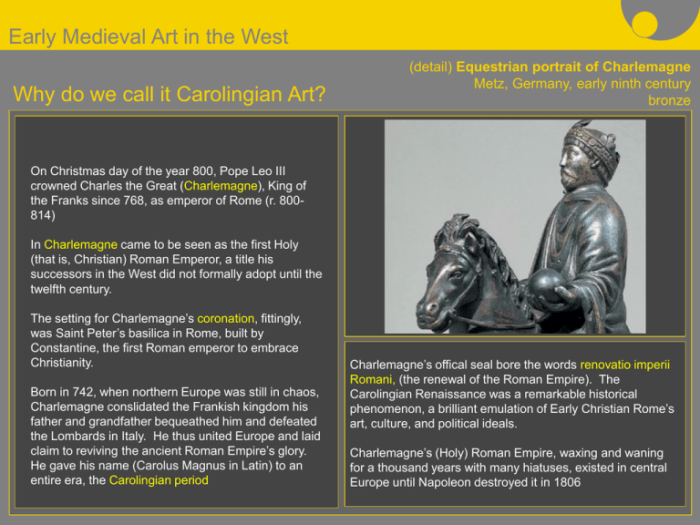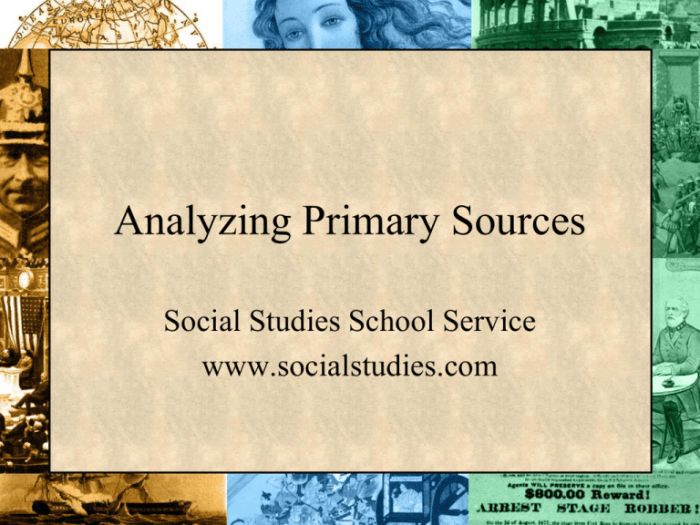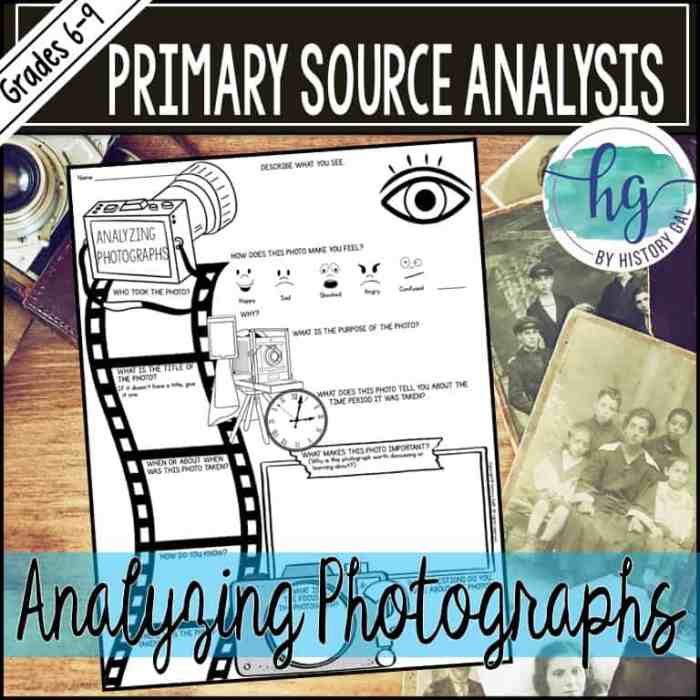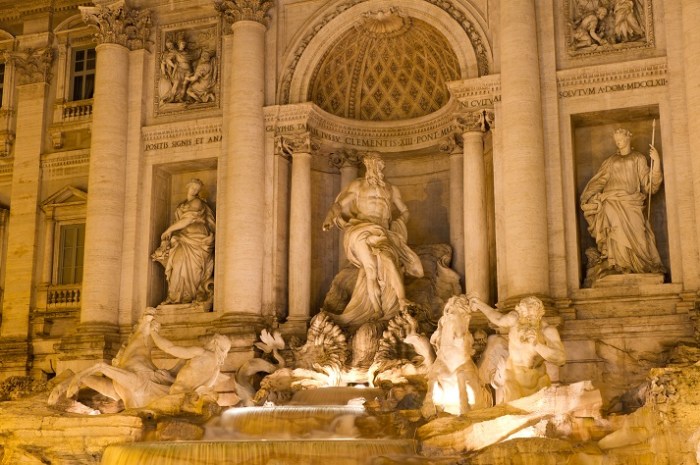Analyzing Charlemagne Through Primary Sources: Uncovering the Legacy of a Legendary Ruler, delves into the captivating life and reign of Charlemagne, a pivotal figure in European history. Through a meticulous examination of primary sources, this exploration unravels the political strategies, cultural contributions, and lasting impact of this enigmatic monarch, providing a nuanced understanding of his enduring legacy.
Charlemagne’s military campaigns and administrative reforms shaped the Frankish Empire, while his patronage of scholars and artists fostered the Carolingian Renaissance. Primary sources offer invaluable insights into these transformative endeavors, revealing the complexities of Charlemagne’s rule and its profound influence on the development of Europe.
Charlemagne’s Political and Military Strategies

Charlemagne’s military campaigns were instrumental in expanding the Frankish Empire and establishing his authority. His conquest of Saxony, for instance, involved a series of brutal campaigns that culminated in the massacre of 4,500 Saxons at Verden. These campaigns not only extended the empire’s borders but also solidified Charlemagne’s power and prestige.
In addition to his military prowess, Charlemagne also implemented administrative reforms to strengthen his rule. He established a system of royal commissioners, known as missi dominici, who were responsible for overseeing local government and ensuring loyalty to the crown. He also divided the empire into administrative districts, each headed by a count, who was responsible for collecting taxes, maintaining order, and administering justice.
Role of Religion in Charlemagne’s Political Agenda
Religion played a central role in Charlemagne’s political agenda. He saw himself as the protector of the Christian faith and sought to unify his empire under the banner of Christianity. He supported the missionary efforts of Benedictine monks and established a close relationship with the papacy.
Charlemagne’s coronation as Holy Roman Emperor by Pope Leo III in 800 AD symbolized the alliance between the Frankish Empire and the Catholic Church.
Charlemagne’s Cultural and Intellectual Contributions

Carolingian Renaissance, Analyzing charlemagne through primary sources
Charlemagne’s reign witnessed a period of cultural and intellectual renewal known as the Carolingian Renaissance. He established a court academy at Aachen, where scholars and artists from across the empire gathered. This academy became a center for learning and produced some of the most important works of medieval literature, including the epic poem Beowulf and the Royal Frankish Annals.
Patronage of Scholars and Artists
Charlemagne was a generous patron of scholars and artists. He invited the Anglo-Saxon scholar Alcuin to his court and commissioned him to write textbooks and reform the Frankish education system. He also commissioned the construction of magnificent churches and palaces, such as the Palatine Chapel in Aachen.
Development of Literacy and Education
Charlemagne placed great importance on literacy and education. He established schools in monasteries and cathedrals throughout the empire and encouraged the use of Latin as the language of learning. This led to a significant increase in literacy rates and the preservation of classical texts.
Charlemagne’s Legacy and Impact

Immediate Consequences of Charlemagne’s Death
Charlemagne’s death in 814 AD marked the end of the Carolingian Empire. His vast empire was divided among his three sons, who were unable to maintain its unity. The empire fragmented into smaller kingdoms, and the power of the Frankish monarchy declined.
Long-Term Effects of Charlemagne’s Reign
Despite the fragmentation of the empire, Charlemagne’s reign had a profound impact on European history. His military conquests and administrative reforms laid the foundation for the development of medieval Europe. The Carolingian Renaissance ushered in a period of cultural and intellectual renewal that influenced the development of European art, literature, and education.
Different Perspectives on Charlemagne’s Legacy
Charlemagne’s legacy has been the subject of much debate. Some historians have hailed him as a great leader who unified Europe and laid the foundations for Western civilization. Others have criticized his military campaigns and his alliance with the Catholic Church.
Regardless of one’s perspective, Charlemagne remains a towering figure in European history whose reign had a profound impact on the development of the continent.
Primary Sources for Studying Charlemagne: Analyzing Charlemagne Through Primary Sources

The study of Charlemagne relies heavily on primary sources, which provide firsthand accounts of his life and reign. These sources include:
- Royal Frankish Annals: These official records of the Frankish court provide detailed accounts of Charlemagne’s campaigns, reforms, and personal life.
- Einhard’s Life of Charlemagne: This biography, written by Charlemagne’s secretary, offers a valuable glimpse into the emperor’s character and personality.
- Capitularies: These royal decrees issued by Charlemagne provide insights into his administrative reforms and legal policies.
- Correspondence: Charlemagne’s letters to and from other rulers, popes, and bishops reveal his diplomatic skills and his role in European affairs.
Challenges and Limitations of Primary Sources
While primary sources provide invaluable information, they also present certain challenges and limitations. These sources may be biased or incomplete, and they often reflect the perspectives of the elite. Historians must carefully evaluate the reliability and credibility of primary sources before drawing conclusions about Charlemagne and his reign.
Importance of Critical Analysis
Critical analysis is essential when interpreting primary sources. Historians must consider the context in which the sources were created, the motivations of the authors, and the potential biases that may have influenced their accounts. By critically analyzing primary sources, historians can gain a more accurate and nuanced understanding of Charlemagne and his impact on European history.
Common Queries
What are the key primary sources for studying Charlemagne?
The Royal Frankish Annals, Einhard’s Life of Charlemagne, and the Capitularies provide firsthand accounts of Charlemagne’s reign.
How do historians approach the challenges of using primary sources?
Historians critically analyze primary sources, considering their context, biases, and limitations, to reconstruct historical events and gain insights into the past.
What is the significance of Charlemagne’s political and military strategies?
Charlemagne’s military campaigns expanded the Frankish Empire, while his administrative reforms strengthened central authority and laid the foundation for a more unified Europe.